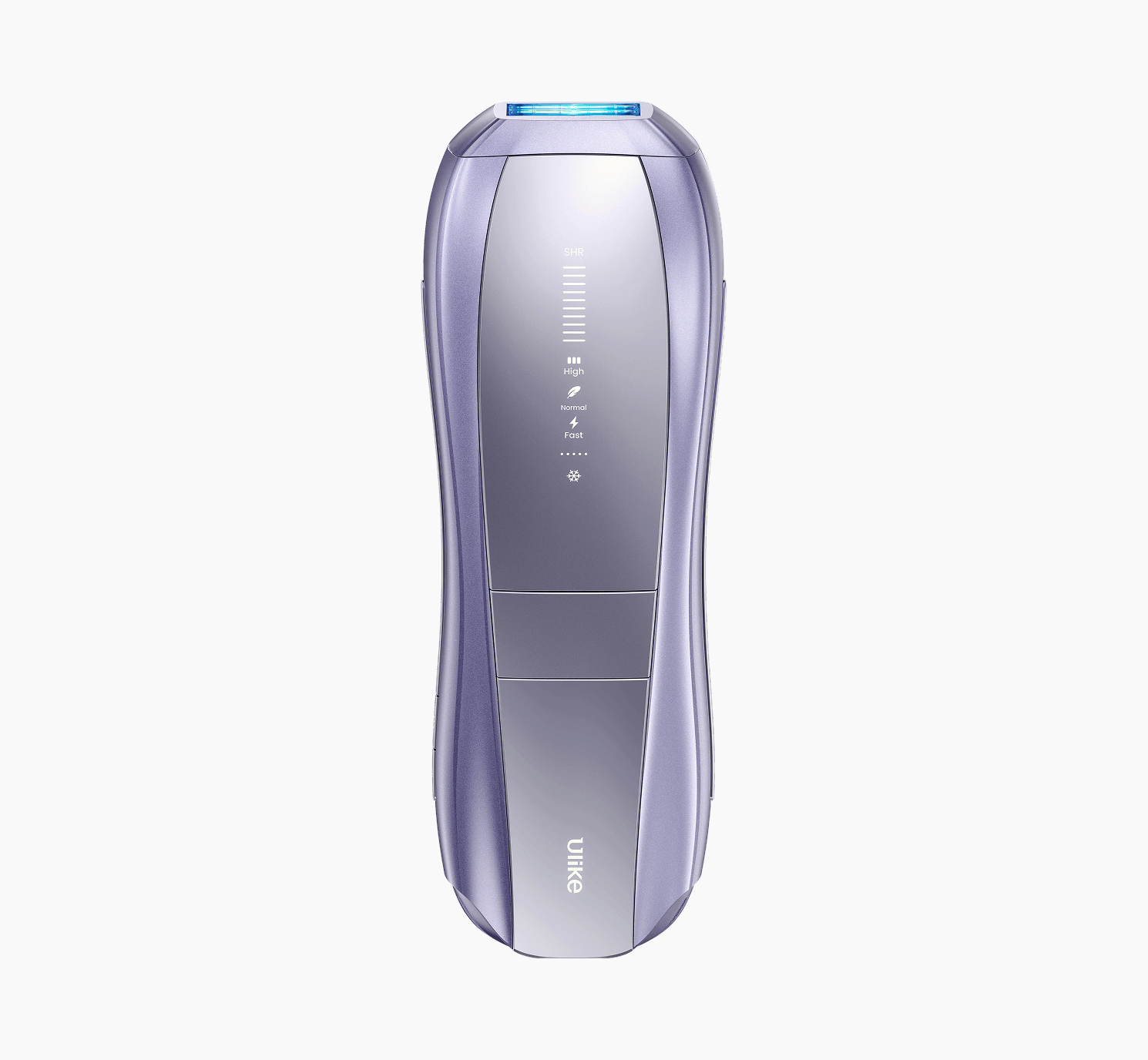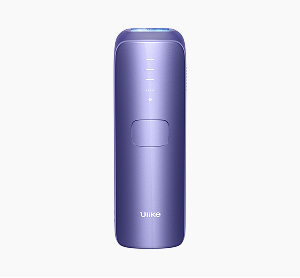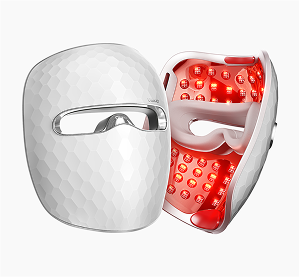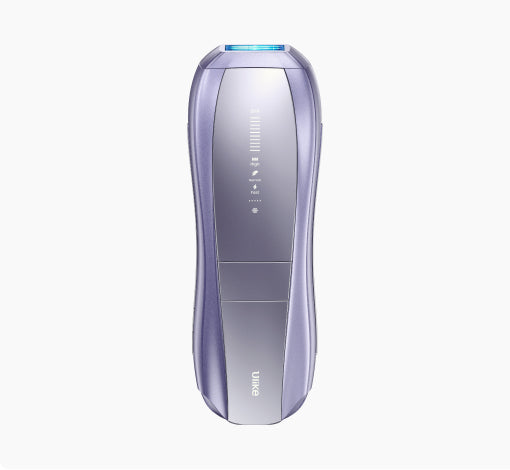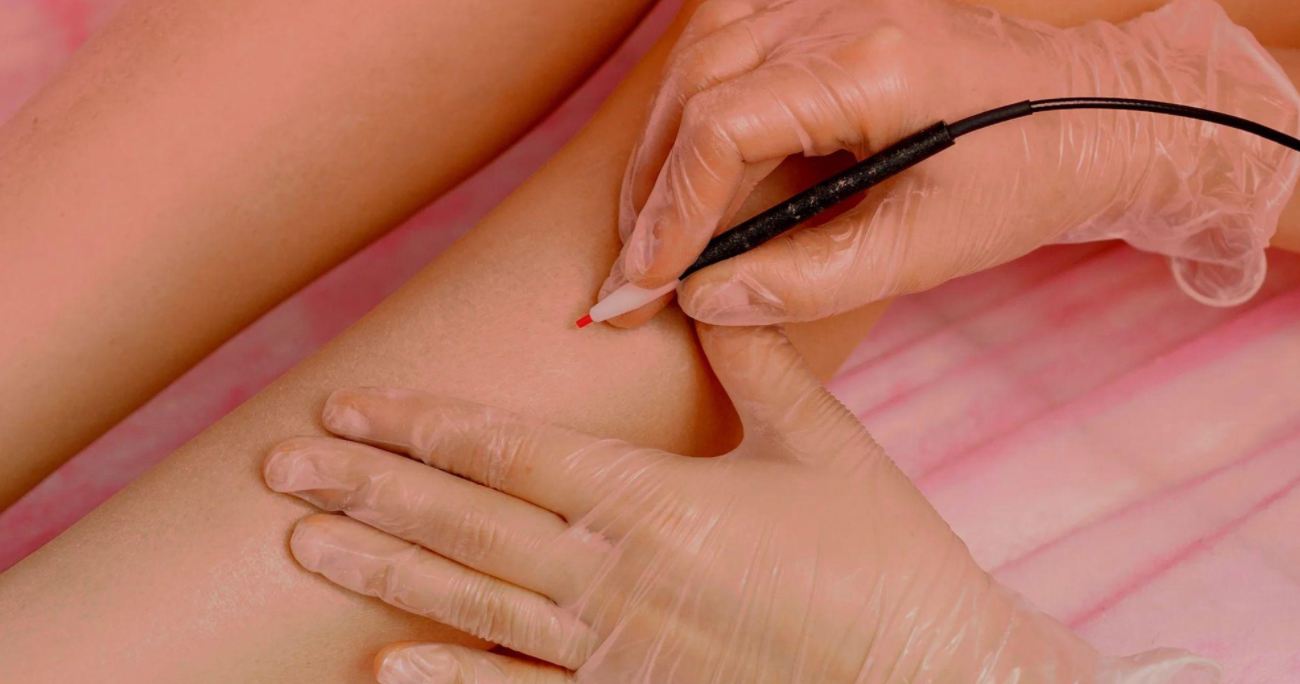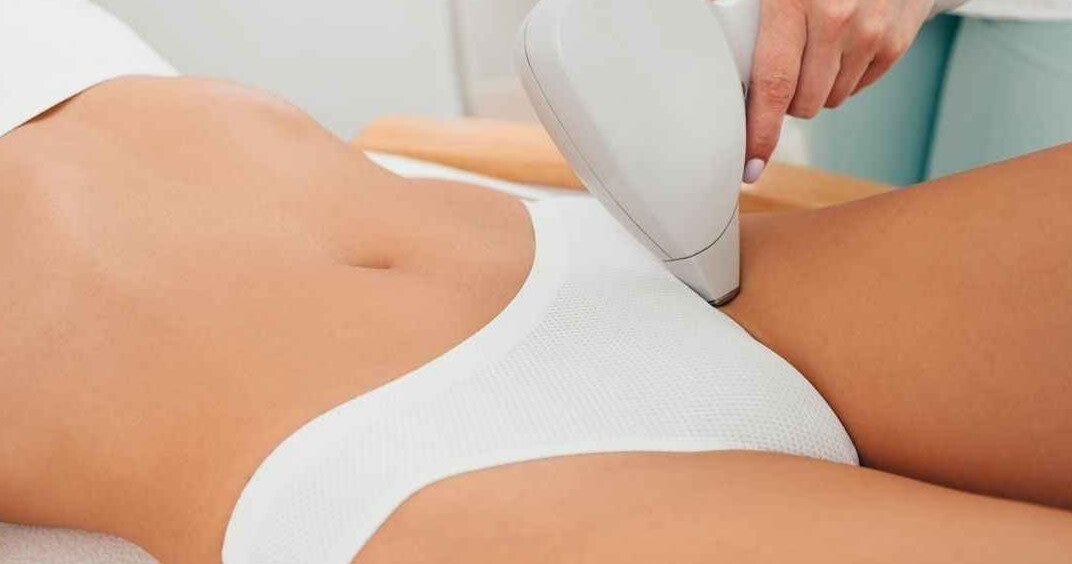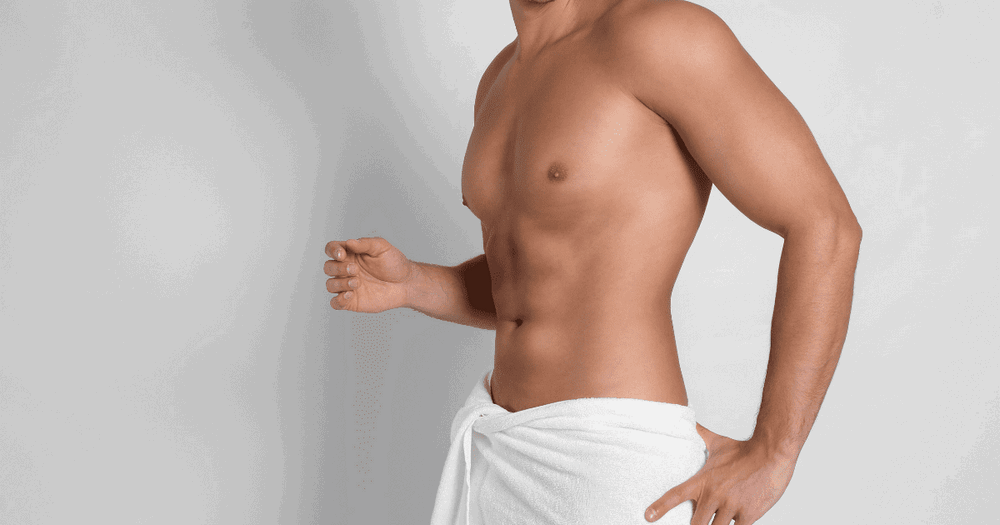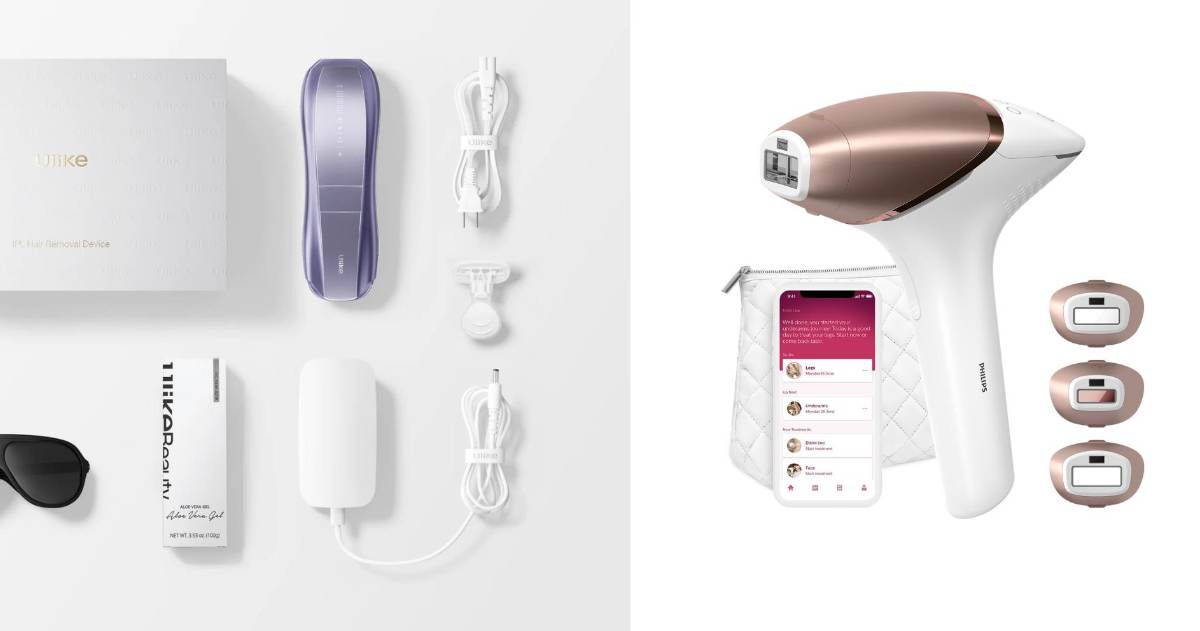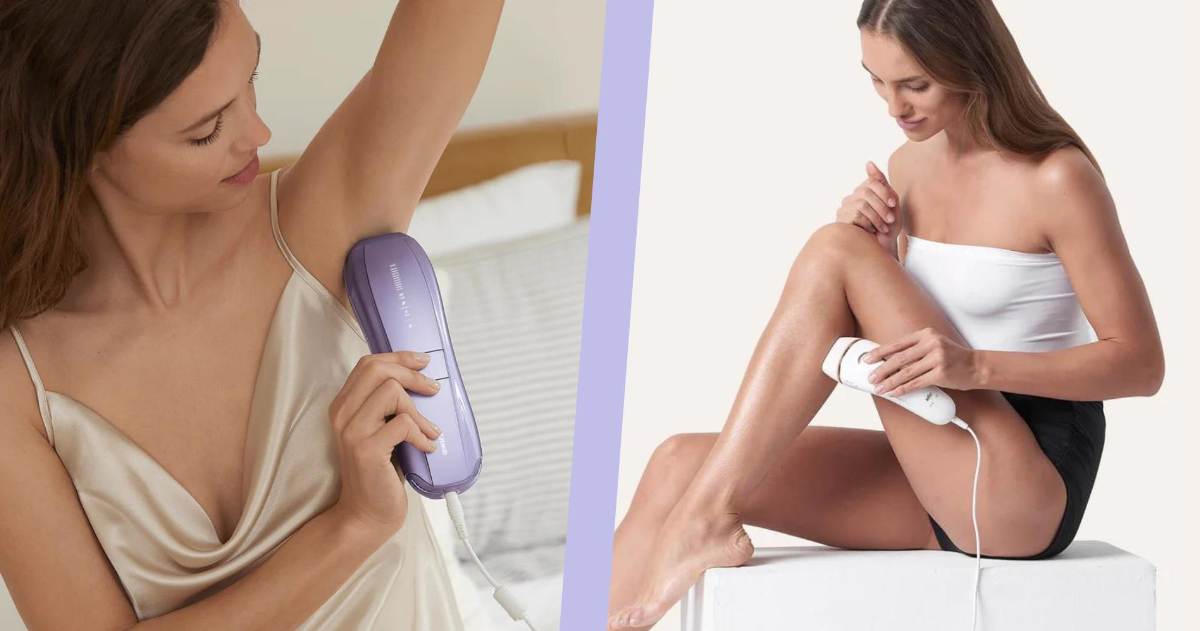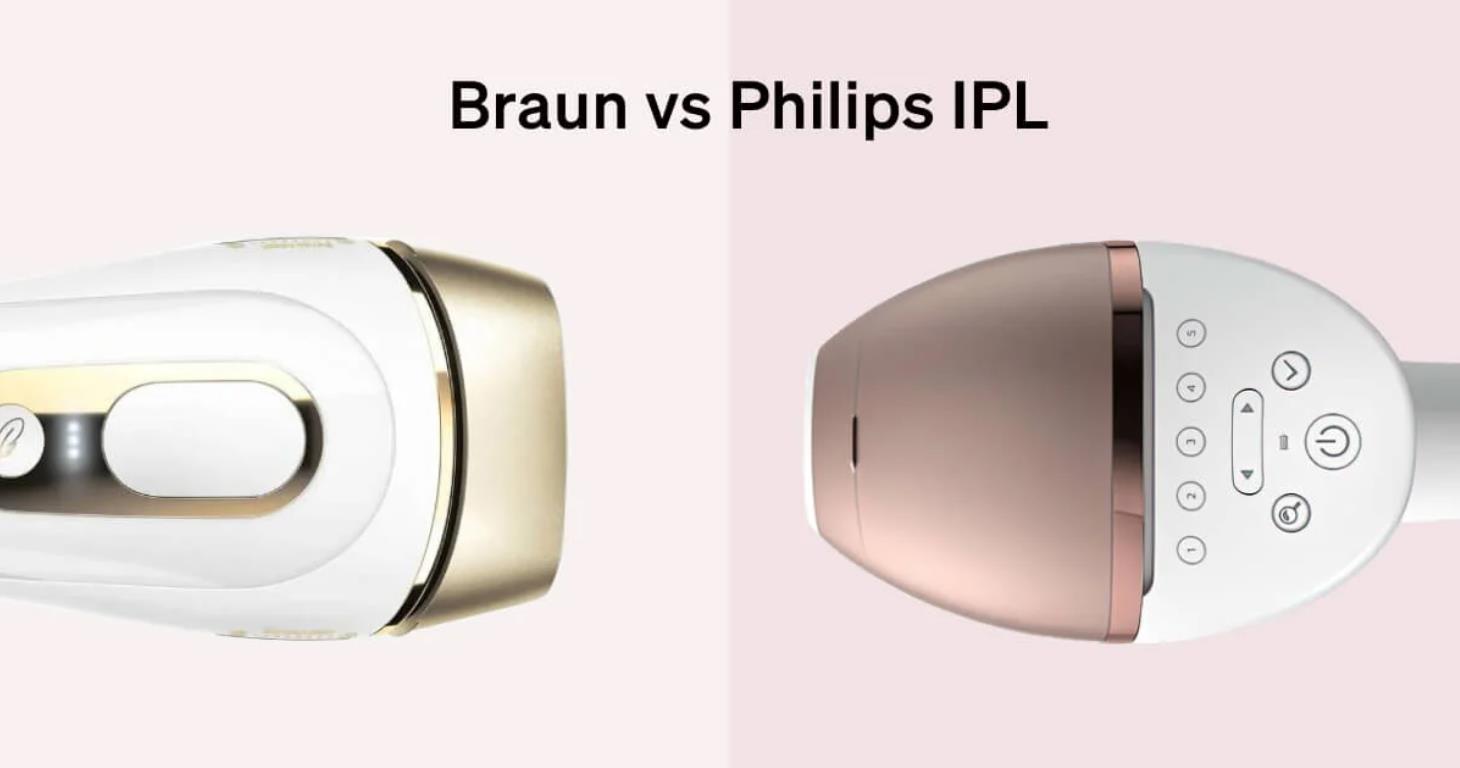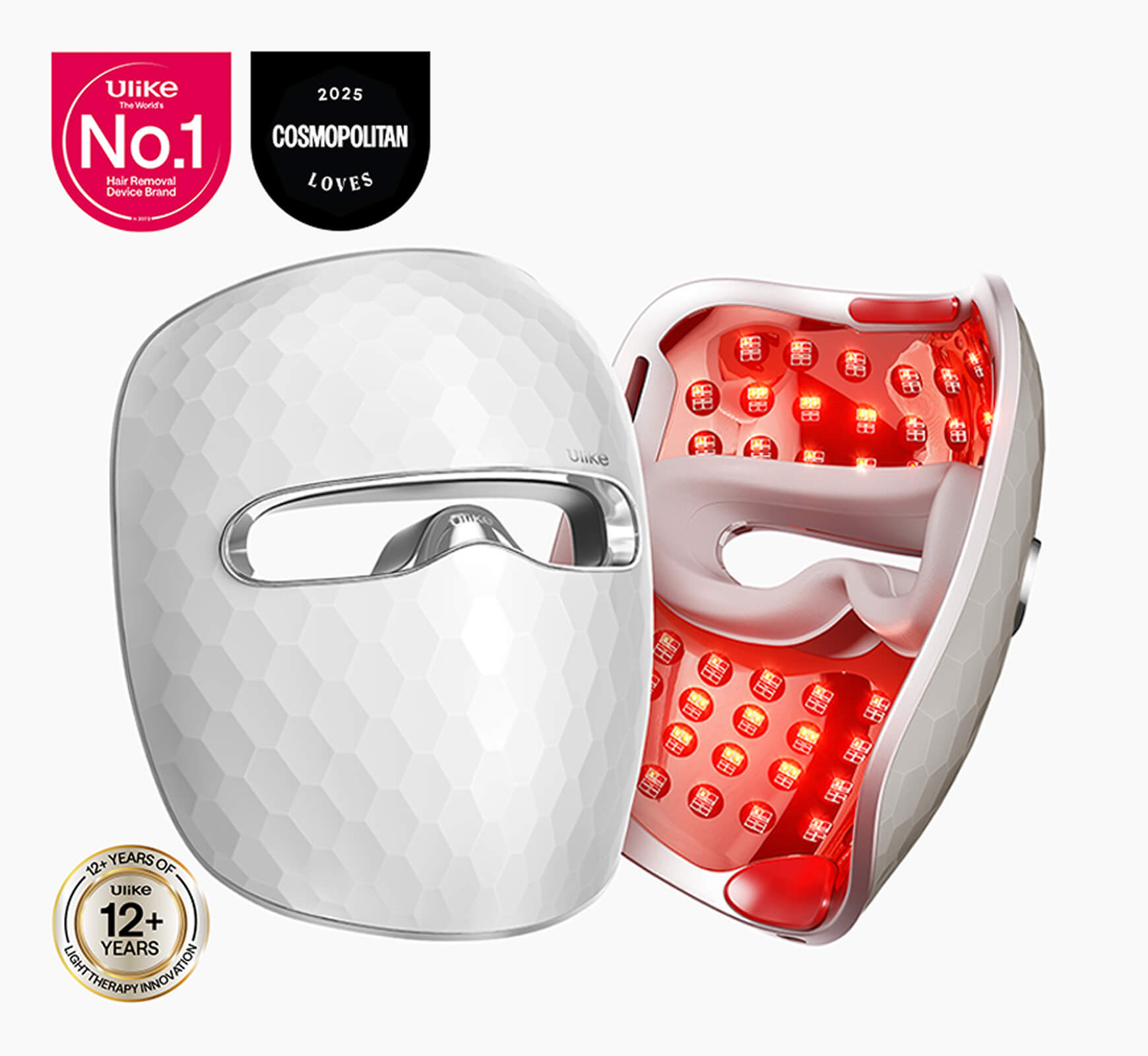Have you ever gone for a dip in the pool only to be met with fuzzy, fizzy, dry hair after some hours? Swimming in a chlorinated pool frequently can cause significant damage to your scalp and hair. Professional swimmers and athletes who spend long hours in the pool are exposed to harsh chemicals like chlorine which can significantly cause hair damage. In some people, mild dryness and fuzzy hair is all they experience. So, knowing how to protect hair from chlorine is essential.
Your hair care routine before and after swimming can make all the difference between healthy and damaged status for swimmers hair. With the 2024 Paris Olympics right around the corner and hours of training in view, it is time to take some safety precautions. In this guide, we will look into chlorine-damaged hair, its causes, how to prevent and treat it
Does Chlorine Damage Hair?
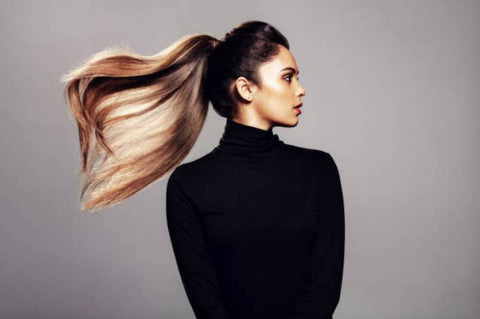
The short answer is yes - chlorine can damage your hair. As any professional swimmer knows, after a few laps, your hair starts to feel dry and rough even after being in the water for a while. Over time, you might end up with chlorine damaged hair. But what goes on underneath to cause such damage to your hair just from swimming? Here is how chlorine damages your hair.
The Scientific Explanation
Chlorine is a drying agent. Its job is to remove the impurities in the water to make swimming safe and less hazardous to your system. This efficient agent does not just stop at the impurities; its disinfectant properties further react with your hair in very detrimental ways. On the surface, what we see happen is that chlorine strips off the natural oils present in our hair to keep it healthy, shiny and protected. Over time, this consistent moisture removal will start to take its toll on your overall hair health.
What Does Chlorine Do To Your Hair?
With each swim, the chlorine in the water bonds with the proteins in your hair, particularly keratin, causing the protein structures to weaken and break down. Think of it like it's breaking down the protective outer layer of your hair cuticle that normally locks in the moisture that keeps your hair healthy.
Symptoms of Chlorine Damage
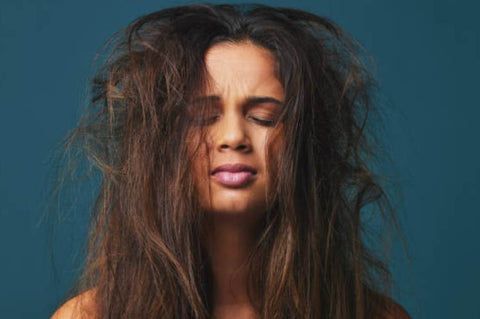
It is best to catch on to the symptoms and put routine practices in place as chlorine-damaged hair can be devastating and strenuous to fix. Spotting the signs of chlorine damage early in time and taking the necessary measures is key to saving your hair and bringing it up to perfect health. Here are the common symptoms showing your hair is at risk of chlorine damage.
Dryness
Your hair feels rough and dry to the touch. Minutes after getting out of the pool and drying off, your hair has a dry, rough feel, lacking its natural smoothness and shine. Dryness is one of the most common symptoms of chlorine damage in professional swimmers.
Brittleness
Chlorinated water can cause your hair to become extremely brittle. With each swim, the cuticle layer breaks down causing your hair to become more damaged and purposeful. With this layer gone, the chlorine penetrates the inner layer over time, further damaging the hair shaft. Your hair loses its natural flexibility and is now prone to breaking off from even gentle brushing.
Discolouration
Chlorine reacts with the hair pigment causing discoloration over time. People with light-coloured or blonde hair are at a higher risk of discolouration from chlorine damage. Your hair develops a greenish or yellow tint around the roots and at the ends of your hair. On the bright side, this effect wears over time with reduced chlorine exposure.
Split Ends
Hair splits are points where your hair splits into two or more strands, leaving a forked, frayed look. In chlorine-damaged hair, the split ends progress from the ends of the hair, going further and further up the hair strand, splitting into thinner, weaker strands.
Straw-like Texture
The hair loses its softness with prolonged exposure to chlorine, looking hollow and thin like a straw. Chlorine-damaged hair loses its baby-soft and beautiful texture and becomes hard, dry and coarse like dried straws.
Degree of Damage
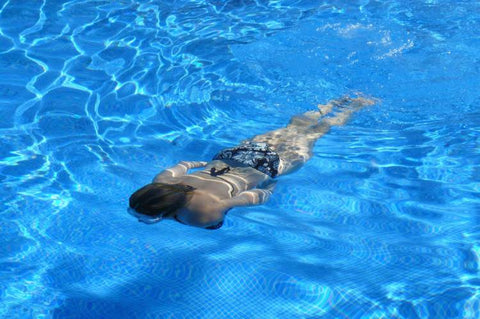
How much damage chlorine can cause to your hair is dependent on several factors:
Water Quality
The type of water you swim in can make a difference in the chlorine damage your hair suffers. If your pool has a large amount of chlorine or other additional chemicals, your hair suffers faster, more extensive damage with every swim. The higher the concentration of these harmful chemicals in the water the more they oxidise your hair cuticle and strip away the moisture.
Exposure Time
Time spent in the pool and how often you swim in a chlorinated pool determines your exposure to these chemicals. Regular, long hours in the pool cause more chlorine exposure than dipping for a few minutes here and there.
Hair Type
Different hair types react to chlorinated water differently. Delicate or thin fine hairs cannot defend against chlorine damage repeatedly and will suffer damage faster. Coarse and thick hair types take on the damage, holding their ground for longer but also suffer damage over time. Your hair care routine also makes a difference in its vulnerability to chlorine damage.
Swimming Frequency
How often you swim determines how your hair is exposed to these harmful chemicals. Professional and competition-level swimmers put in long hours weekly compared to regular swimmers. All it takes is one swim for your cuticle to suffer damage. Consistent exposure only makes these effects worse.
How to Protect Hair from Chlorine?
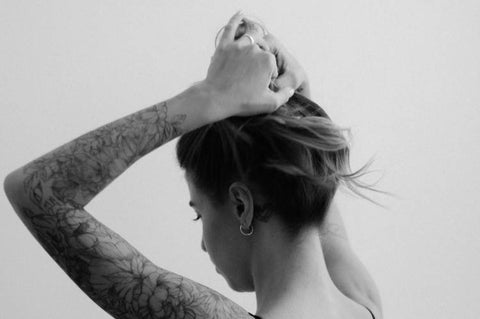
Protecting your hair from chlorine damage would require some pre-swim and post-swim protection routines to keep the chlorine exposure minimal and under control.
Prevention and Protection for Body Hair
Protecting your hair from chlorine exposure and preventing chlorine damage is easy to achieve with a good pre-swim and post-swim routine.
Pre-Swim Protection
The steps you take to protect your hair right before you take a swim can make all the difference between healthy and damaged hair. Your pre-swim hair protection would require you to apply a protective layer over your hair. It creates a barrier between your vulnerable hair and the harmful chemicals in the water, reducing chlorine absorption and preventing hair damage.
Oils are a great place to start to create that protective layer over your hair. Consider using coconut, jojoba or argan-based oils. Their antioxidant properties and fatty acids will help nourish and protect your hair. A good leave-in conditioner can also act as a protective shield, preventing chlorine from reaching your hair shaft and causing damage.
Post-Swim Care
After swimming, rinse your body with clean water to wash off the chlorine residue. Reinforce with a hydrating body wash to clean your skin and hair and restore the lost moisture. Hydrating body wash with aloe vera, glycerin or hyaluronic acid as the main ingredient will help combat the dry effect and retain moisture.
Top it off with a lotion or moisturising body oil to keep your hair and scalp hydrated.
Remove Unwanted Body Hair
Excess body hair means increased surface area for chlorine to attack. For professional swimmers who spend long hours in pools, opting for a long-lasting solution to reduce chlorine exposure by removing unwanted body hair is best. With the Ulike Air 10, you get smooth, bump-free hair removal while minimising chlorine penetration and damage.
Chlorine-Damaged Scalp Hair: Prevention and Protection Strategies
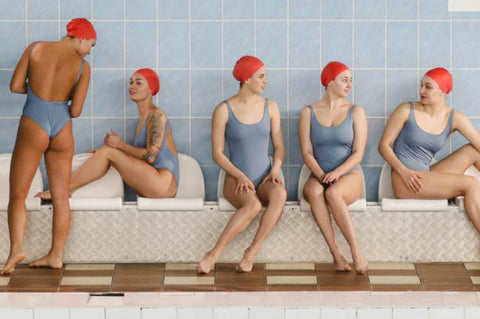
Pre-Swim Protection
If you already notice signs that your hair has suffered chlorine damage, it is time to double up on your pre-swim protection routine. Here are a few ways to do that:
- Wear a protective, water-proof swim cap
- Use a generous amount of hair conditioner or oil
- Have a good hair care routine daily
Post-Swim Care
Here are some other steps to take after a swim to protect your hair
- Space out your swim routine to give your hair breathing space
- Rinse thoroughly with clean, chemical-free water after a long swim
- Use a generous amount of clarifying shampoo to remove chlorine buildup
- Apply a deep conditioner to restore lost moisture and repair damage
Hair care products rich in shea butter, coconut oil, aloe vera and keratin are perfect options to protect and restore your hair.
Long-Term Hair Care
To keep your hair healthy and protected would require consistent long-term hair care routines:
- Regular hydration
- Protective hairstyles
- Routine trimming
Conclusion
The state of your hair should interfere with a great pool time. Understanding how chlorinated water affects your hair, the preventive steps to take and how to care for chlorine-damaged hair will make all the difference. By trying out these pre-swim and post-swim hair care practices, your hair can stay healthy, moisturised and hydrated, as a recreational or Olympic athlete.

